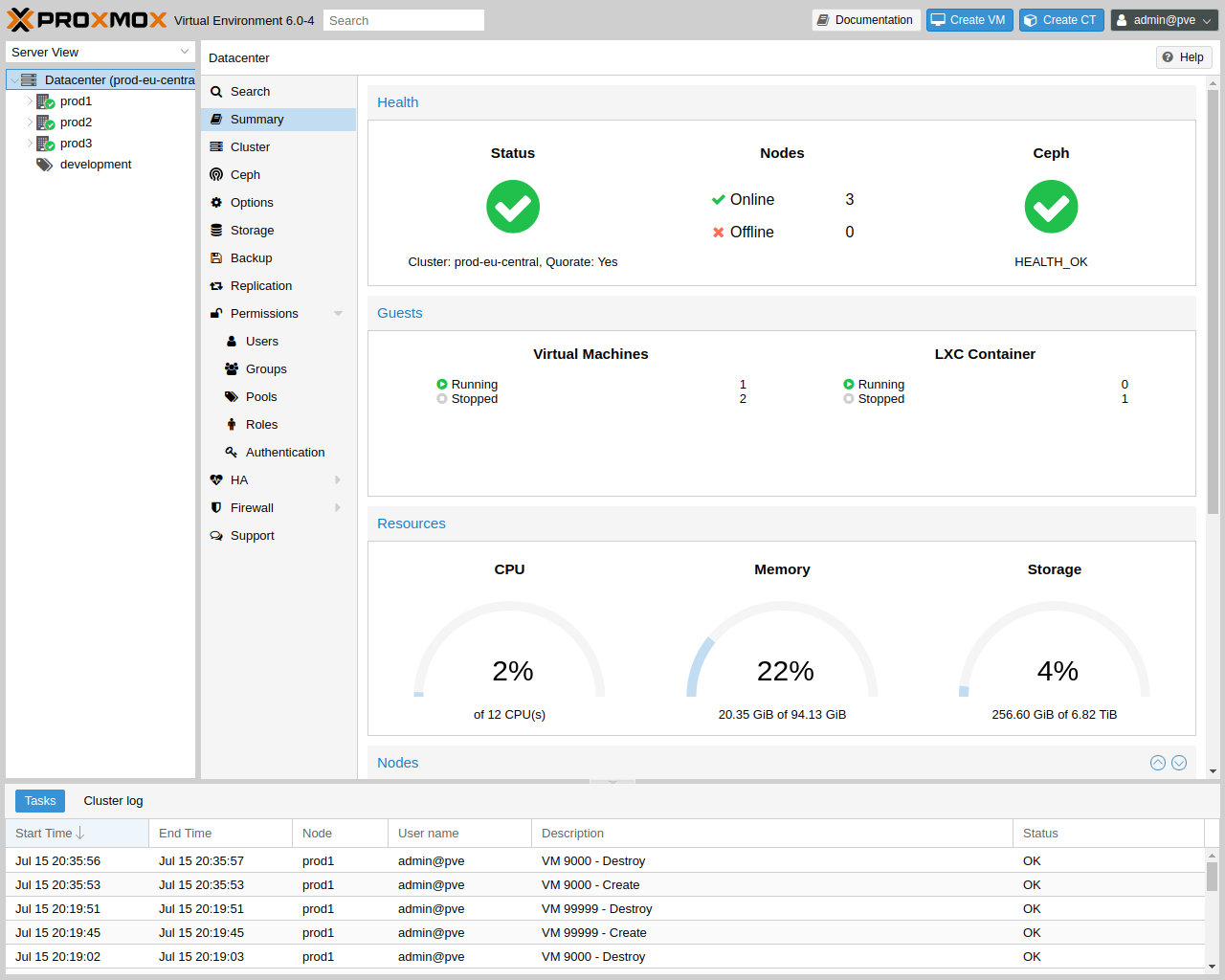In order to get some real hands on experience as a Linux admin; lab construction should be the first priority. I am setting out with a couple of goals:


1. Set up a KVM hypervisor.
2. Inside of that KVM hypervisor, install a Spacewalk server. Use CentOS 6 for deployments in order to not worry about SELinux.
I wanted the lab to have an enterprise feel but wanted to utilize free open source software. Another requirement was a it needed to have a GUI (preferably web based). After a detailed review 2 operating systems peaked my interest and already came prepackaged with KVM.
For those interested in reviewing all the options:
The first was Proxmox. Proxmox is Debian based OS and has very nice features with streamlined ease of use. Below is an example of the GIU and iso images can be found at

The second offering I reviewed was Ovirt. Ovirt is Redhat based and has an OS called Ovirt Node. Ovirt Node is basically minimal CentOS with KVM prepackaged. Ovirt did not come with a built in web gui but it is set up to seamlessly install Cockpit.

After installing both and messing around a bit, I felt right at home using Ovirt since I use Centos on a daily basis. Users with a background in Ubuntu should give Proxmox a go.